Lameness is one of the most costly and painful problems in dairy herds.
A lame cow eats less, which means she then produces less, and she’ll be more likely to struggle getting in calf. Good prevention and early action when you do have a case saves you time and money, and improves animal welfare.
Let’s take a look at the causes of hoof pain, treatment guidelines for this type of lameness, and strategies to minimise its occurrence.
Main causes
Previous hoof problems and chronic trauma.
Infections (e.g. footrot, digital dermatitis).
Difficult tracks and surfaces – think sharp stones, rough concrete, or muddy gateways.
The way cows are handled, including rushing the herd, overcrowding, and long stand times.
Sudden diet changes, mineral or fibre problems, or other nutrition issues.
Treatment
Trim the hoof and sole to remove any dead or underrun tissue and release any pus.
Put a block on the sound claw to remove pressure and help healing.
Give antibiotics for cases where swelling or infection is obvious.
Consider pain relief (NSAIDs) for faster recovery and better welfare.
Keep them in a hospital paddock with soft ground, and easy feed and water access until recovered.
Prevention
Good tracks that are smooth, wide, well-draining, and clear of sharp stones.
Gentle cow flow where cows are able to walk at their own pace.
Minimised yard time to reduce time spent standing on concrete.
A clean environment; reduce mud where possible and keep concrete stone-free.
Balanced feeding, with sudden changes avoided.
Routine checks and trimming – spot problems early!
Our message
Most lameness is preventable. Good tracks, calm handling, and quick treatment keep cows productive and comfortable.

